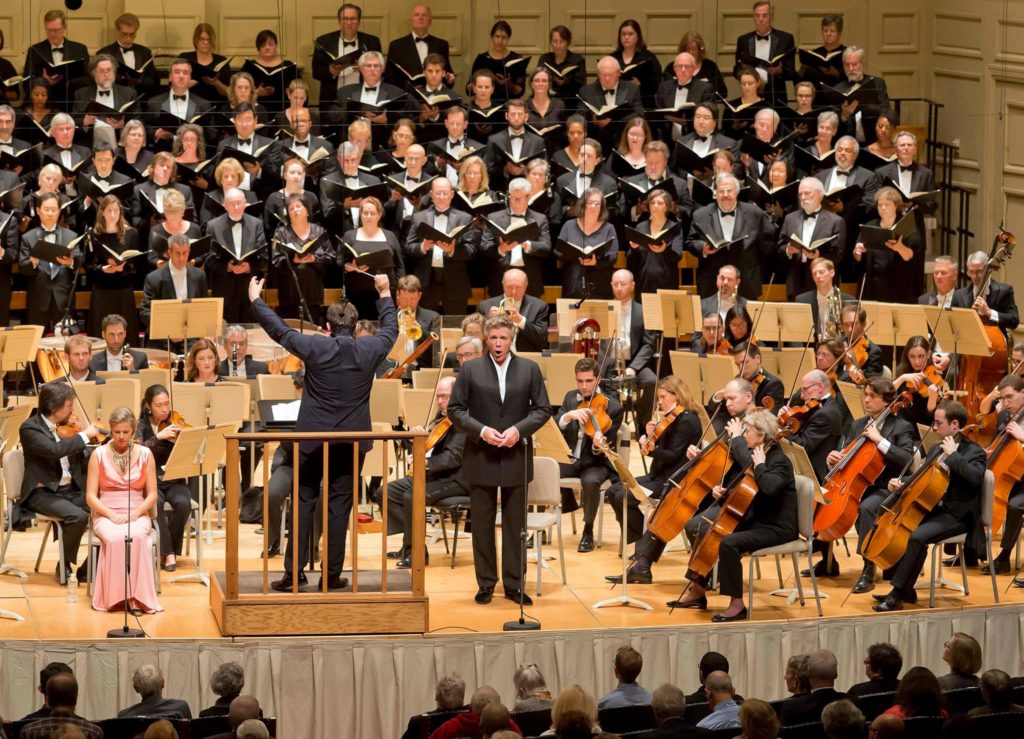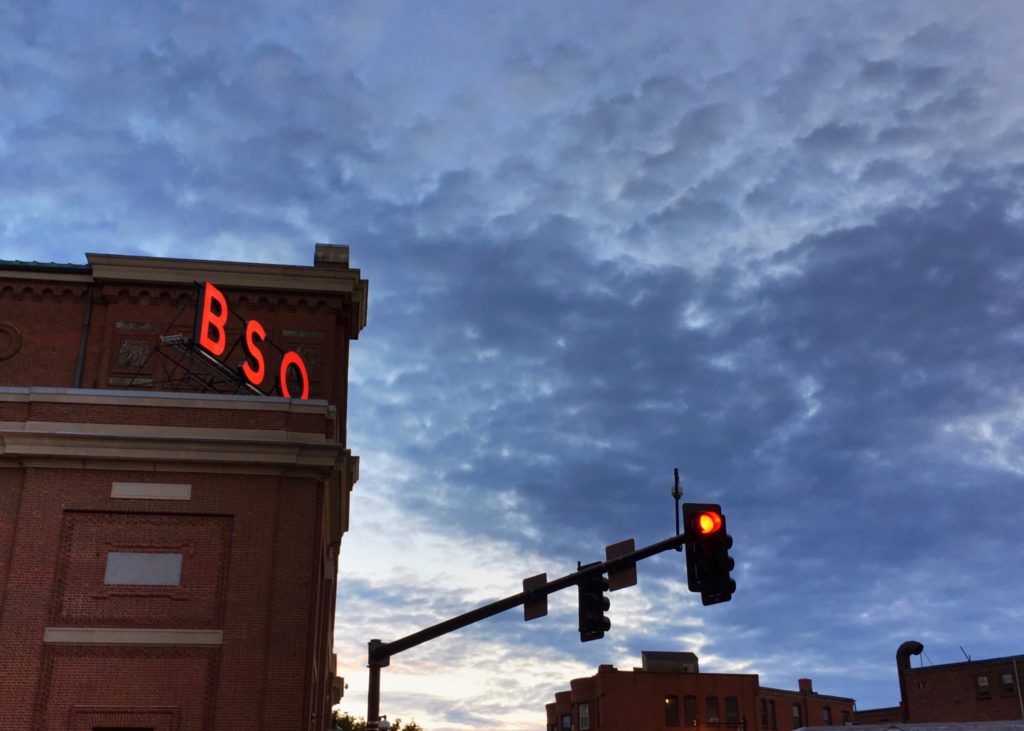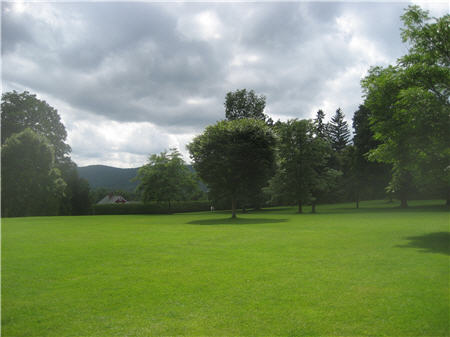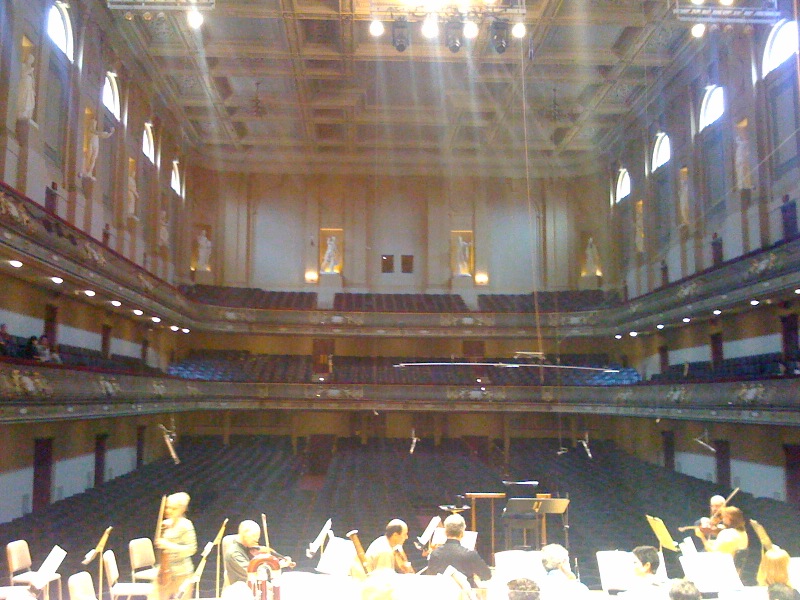
This performance of the Brahms Requiem was unique in a lot of ways for the TFC: luminous piano and pianissimo singing, intricate moving lines, and of course our hashed formation. I thoroughly enjoyed singing Saturday but had some difficulties on Thursday and Friday; I think the novelty of singing hashed made it challenging for me to relax sufficiently to provide the right level of vocal support for piano singing, and as a result I had tightness of the voice that affected my high range. But all’s well that ends well, right?
Review time! Generally the reviewers were receptive to our hashed approach, with one significant exception.
David Weininger for the Boston Globe, “BSO stages fruitful dialogue between past and present“:
The Tanglewood Festival Chorus, prepared by guest conductor Lidiya Yankovskaya, generated plenty of power but didn’t exhibit the kind of precision and command evident in previous performances. There were messy entrances, unsteady pitch, and blurry diction. The dynamics were mostly limited to loud and soft, without much middle ground, and balances between chorus and orchestra were sometimes askew.
Georgia Luikens for the Boston Musical Intelligencer, “Widmann and Brahms Obsess Over Death“:
The Tanglewood Festival Chorus, expertly prepared by Lidiya Yankovskaya, brought out this humanism. From the opening “Selig sind…”, the propulsive certainty of faith and hope kept growing. This nuanced take included polished solos from baritone Thomas Hampson and soprano Camilla Tilling. The special qualities are rather difficult to quantify; it goes beyond great musicians making great music. Rather, there was a meditative quality to the more circumspect passages. While the first half of the fourth movement was glorious, the true range of the TFC emerged in the sixth movement, “Oh death where is thy sting?” where the full power and force of this mighty chorus came into full cry. Any choir can sing loudly, but even in the most fortissimo passages, this choir enunciated with precision and control, yet they never lost sight of the narrative.
Aaron Keebaugh for Boston Classical Review: “Nelsons, BSO explore contrasting takes on the eternal from Widmann and Brahms“:
The heroes of this performance were the singers of the Tanglewood Festival Chorus. Prepared by Lidiya Yankovskaya, the ensemble found the soft elegance and stirring emotionalism of Brahms’ score. There were a few tentative moments in the final chorus “Selig sind die Toten,” where the soft passages suffered from some unfocused attacks. But elsewhere the ensemble sounded at its full, resonant best, singing with warm buttery tone in the most famous movement, “Wie lieblich sind die Wohnungen,” where the serpentine lines crested and broke over one another like waves.
Jonathan Blumhofer for Arts Fuse Boston: “Concert Review: Boston Symphony Plays Widmann and Brahms at Symphony Hall“:
The biggest reason for this owes to the excellence of the TFC’s singing throughout the evening: it was warm, focused, and perfectly blended. Excellently prepared this week by Lidiya Yankovskaya and singing with the music in front of them (a departure from the John Oliver days of total memorization), the Chorus sounded notably confident and, even if enunciations of certain words (like “getröstet” in the first movement) were, to begin, questionable, the group gained in Germanic fluency as the piece progressed.



